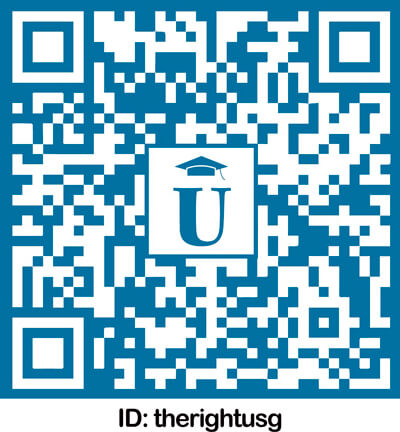fees waived
Acoustical Engineering, BEng (Hons), with industry placement
University of Southampton, United Kingdom
Subject ranking
UK / QS 2026 14th
UK / THE 2025 14th
UK / CUG 2026 17th
Costs
food & rentS$17.2K / year
Entry requirements
Scholarships
21 - 50 available
10 available
Unlimited quantity
Unlimited quantity
Limited quantity
Information
Code
Intakes
Website (External)
Programmes
Information
Duration
2029
Acoustical engineering applies the science of sound and vibration to technology, encompassing applications such as designing vehicles, 3D-audio systems, and concert halls, while addressing issues like aircraft noise reduction and ultrasound for antimicrobial resistance. Students gain specialized expertise in sound, vibration, and their human impacts, alongside core mechanical engineering principles. The curriculum integrates theoretical studies with practical design, featuring modules in acoustics, audio signal processing, mechatronics, electronics, and advanced topics in later years, culminating in individual projects.Facilities include design studios, anechoic chambers, wind tunnels, and virtual labs to support hands-on learning. An optional industrial placement year offers paid experience to enhance employability and professional skills. Assessment involves examinations, coursework, reports, and presentations, with the placement evaluated through reflective reports. Courses are accredited by the Institution of Mechanical Engineers and meet Institute of Acoustics standards, providing a pathway to chartered status.
Typical modules include: Year one: Acoustics; Engineering Design; Electrical and Electronic Systems; Mathematics; Mechanics, Structures and Materials; Thermofluids Year two: Acoustics; Audio and Signal Processing; Electronics, Drives and Control; Engineering Management and Law; Fluid Mechanics; Mathematics; Mechanics, Machines and Vibration; Systems Design and Computing Year three: Individual Project; Acoustical Engineering Design; Human Response to Sound and Vibration; Noise Control Engineering; plus additional module options.
A local representative of University of Southampton in Singapore is available online to assist you with enquiries about this course.

